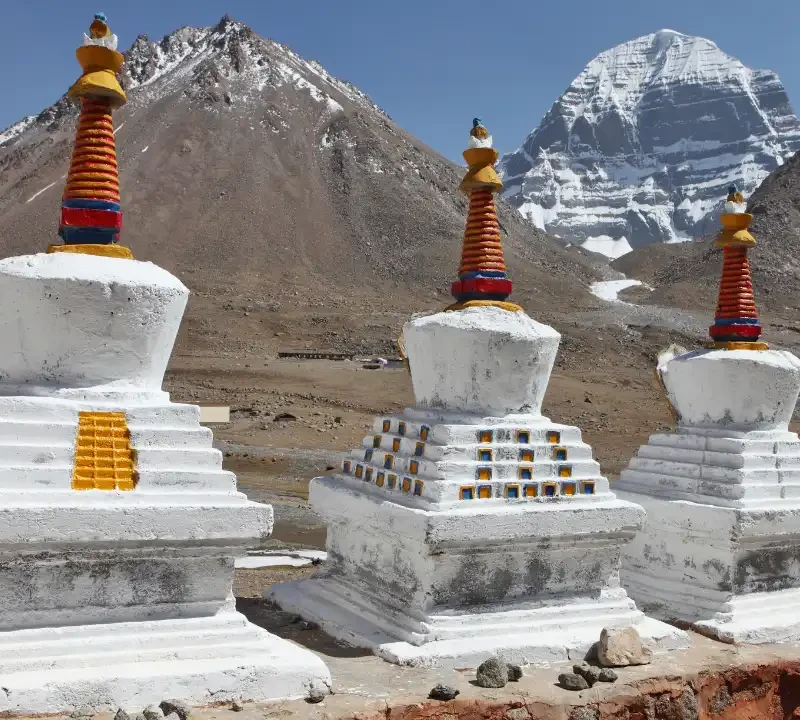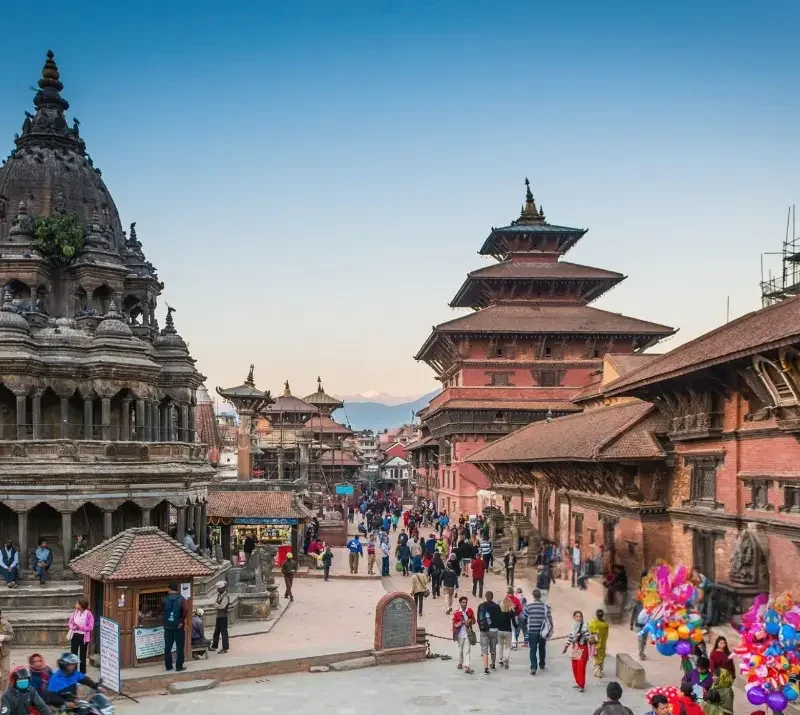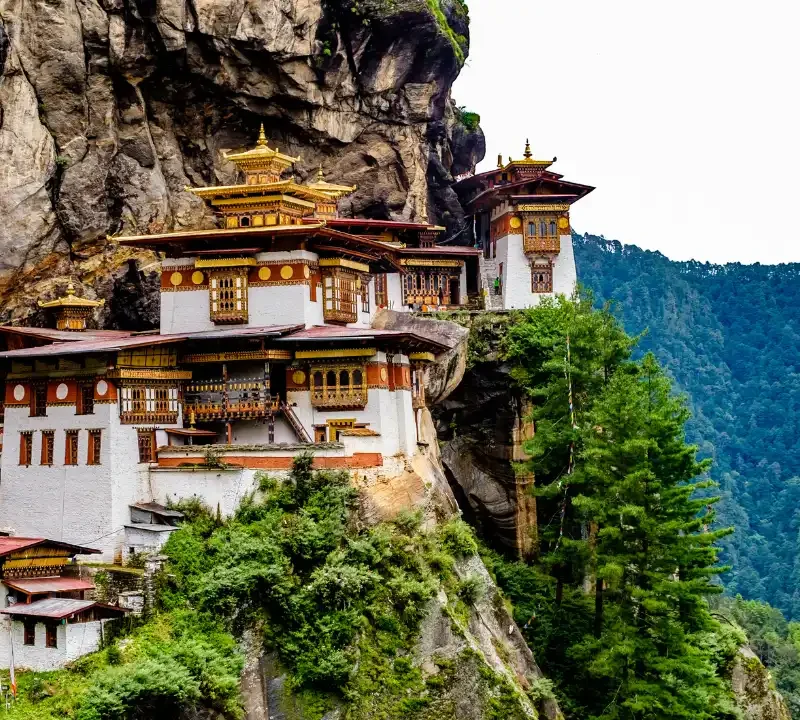


Set out on an unforgettable adventure to explore Nepal, Bhutan, and Tibet’s breathtaking landscapes, vibrant cultures, and timeless beauty. Nestled in the heart of the Himalayas, these three destinations offer unique experiences that promise to leave you inspired.
Nepal invites you to discover its iconic trekking trails, such as the Everest Base Camp and Annapurna Circuit. At the same time, its bustling cities like Kathmandu are filled with ancient temples and colourful markets. From serene mountain vistas to rich traditions, Nepal is perfect for adventure seekers and culture enthusiasts alike.
In Bhutan, immerse yourself in the Land of the Thunder Dragon. Explore lush valleys, visit the breathtaking Tiger’s Nest Monastery, and experience the joy of its vibrant festivals. Bhutan’s peaceful lifestyle and stunning scenery create an atmosphere of serenity and wonder.
Tibet, the Roof of the World, offers a unique blend of spirituality and adventure. Marvel at the majestic Potala Palace, wander through sacred monasteries and take in the awe-inspiring peaks of the Tibetan Plateau. Tibet’s rich culture and incredible views make it a truly unforgettable destination.
The best time to visit all three destinations is during the spring (March-May) and autumn (September-November) seasons. These periods offer clear skies, moderate temperatures, and ideal trekking conditions.
Nepal: Most travellers can obtain a visa on arrival at Tribhuvan International Airport in Kathmandu or land border crossings.
Bhutan: Visitors must book their trip through a licensed Bhutanese tour operator, who will arrange the visa.
Tibet: A Chinese visa and a special Tibet Travel Permit are required. These are usually arranged through a tour operator.
Nepal: Nepalese Rupee (NPR)
Bhutan: Bhutanese Ngultrum (BTN), and Indian Rupees (INR) are also accepted.
Tibet: Chinese Yuan (CNY)
Nepali is the official language, but English is widely spoken in tourist areas.
Bhutan: Dzongkha is the official language, and English is commonly spoken.
Tibet: Tibetan and Mandarin Chinese are the primary languages; limited English is spoken.
Flights connect Kathmandu to Paro (Bhutan) and Kathmandu to Lhasa (Tibet).
Overland travel is possible between Nepal and Tibet via the Gyirong border crossing.
Bhutan does not have overland border crossings open to foreign travellers.
Direct flights are available from Kathmandu to Paro (Bhutan) and from Kathmandu to Lhasa, but schedules may vary.
Nepal: Independent travel is allowed.
Bhutan: A guided tour is mandatory for all international visitors (except Indian, Bangladeshi, and Maldivian nationals).
Tibet: Independent travel is not allowed; travellers must book a tour with a registered operator.
Ranges from budget guesthouses to luxury hotels in all three destinations.
Bhutan mainly offers boutique and traditional-style hotels.
Trekking lodges (teahouses) are available in Nepal and Tibet.
Nepal: Dal Bhat (lentil soup with rice), momo (dumplings), and international cuisine options.
Bhutan: Ema datshi (chilli and cheese), red rice, and traditional Bhutanese dishes.
Tibet: Tsampa (roasted barley flour), yak butter tea, and Tibetan dumplings.
Nepal: Everest Base Camp, Annapurna Circuit, Langtang Valley.
Bhutan: Druk Path Trek, Snowman Trek, Jomolhari Trek.
Tibet: Mount Kailash Trek, Everest Base Camp (Tibetan side).
Nepal: Trekkers need a TIMS card and permits for specific national parks.
Bhutan: Trekking permits are included in guided tours.
Tibet: Special trekking permits are required and arranged by tour operators.
Dress modestly, especially in religious sites.
Always ask before taking photos of people.
In Tibet and Bhutan, avoid discussing political topics.
In temples and monasteries, remove shoes before entering and walk clockwise around religious structures.
Nepal: Dashain, Tihar, Holi, Indra Jatra.
Bhutan: Paro Tsechu, Thimphu Tsechu.
Tibet: Losar (Tibetan New Year), Saga Dawa Festival.
Acclimatization is necessary for high-altitude areas.
Carry necessary medications and a first aid kit.
Drink bottled or filtered water to avoid stomach issues.
Yes, it is highly recommended to cover medical emergencies, trip cancellations, and trekking accidents.
Wi-Fi is available in hotels and cafes in major cities.
Mobile coverage is good in urban areas but limited in remote trekking regions.
Major cities accept credit cards, but cash is necessary in remote areas.
ATMs are available in cities but may have withdrawal limits.
For more details, contact your tour operator or local travel agency.
Whether trekking through dramatic mountain trails, exploring ancient heritage sites, or seeking tranquillity in nature, Nepal, Bhutan, and Tibet call you to discover their treasures. Begin your Himalayan journey today!